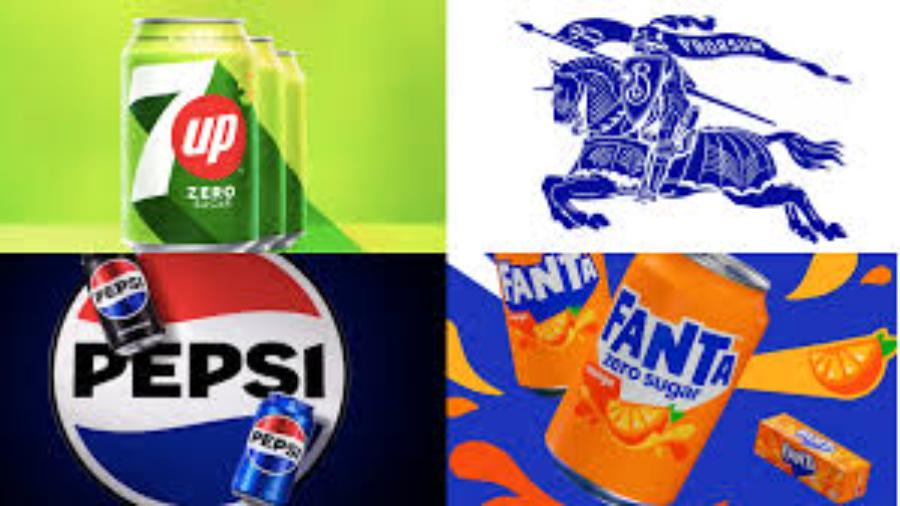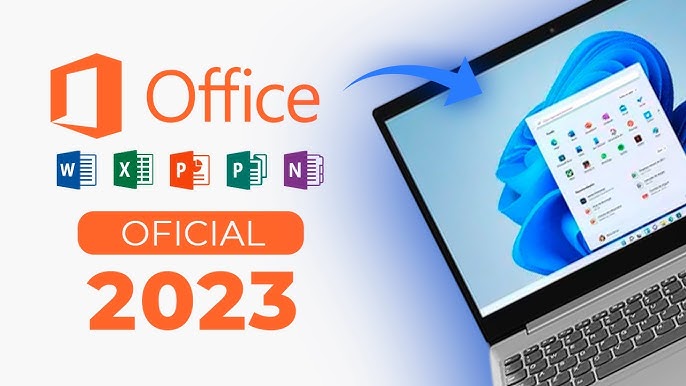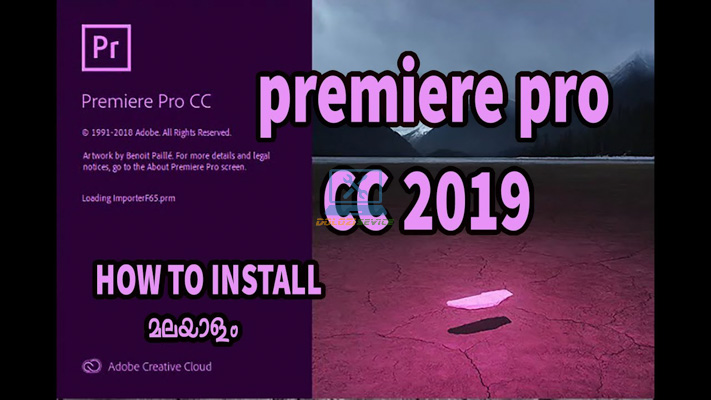Best Selling Products
Check Out 7 Eye-Catching “Beverage” Brand Repositioning Campaigns
Nội dung
- 1. Brand repositioning campaign: 7Up
- 1.1. Repositioning the brand with color and image
- 1.2. Focus on consumer experience
- 1.3. Strengthening connection with the community
- 2. Brand repositioning campaign: Pepsi
- 2.1. Make your mark with creative advertising strategies
- 2.2. Repositioning with new packaging and design
- 2.3. Connecting with different generations
- 3. Brand repositioning campaign: Fanta
- 3.1. Repositioning the Fanta brand: Aiming at youth and creativity
- 3.2. Improve product image and packaging
- 3.3. Aim for creative promotional campaigns
- 3.4. The success of Fanta's repositioning campaign
- 4. Brand Repositioning Campaign: Mirinda
- 4.1. Repositioning the Mirinda brand: The combination of taste and emotion
- 4.2. Develop interactive and inspirational campaigns
- 4.3. Innovation in product packaging and distribution strategy
- 4.4. Results of Mirinda's repositioning campaign
- 5. Brand repositioning campaign: Vinamilk
- 5.1. Brand image innovation
- 5.2. Creative marketing strategy
- 6. Brand Repositioning Campaign: Coca-Cola
- 6.1. Change the brand message
- 6.2. Packaging innovation
- 7. Brand repositioning campaign: Heineken
- 7.1. Global brand image building strategy
- 7.2. Initiate strong advertising campaigns
- 8. Conclusion
Explore 7 impressive beverage rebranding campaigns that bring innovation in brand identity and effective market access.

In the competitive world of the beverage industry, rebranding is not only a strategy to refresh the image, but also a way for brands to make a strong impression on consumers. In the following article, Sadesign will review 7 outstanding repositioning campaigns from the industry giants. Let's explore how they make a difference, from image to message, through creative strategies and bold approaches to the market.
1. Brand repositioning campaign: 7Up
In the highly competitive beverage market, creating a creative rebranding campaign is crucial. 7Up, with its fresh and different image, has implemented an impressive repositioning campaign to change the way consumers perceive their products.
.jpg)
1.1. Repositioning the brand with color and image
One of the highlights of the 7Up rebranding campaign is the complete change in color and packaging design. Previously, 7Up was associated with a light green image with quite simple patterns. However, in this repositioning strategy, they have refreshed the color, switching to a darker green tone, and added more prominent patterns on the packaging, making the product more recognizable on the shelf.
7Up’s image is now closely associated with the message of freshness and refreshment. The campaign has given the brand a modern, youthful and dynamic look, reflecting the spirit of a great refreshing drink for those looking for a refreshment in life.
1.2. Focus on consumer experience
7Up is not just a rebranding campaign, but their campaign aims to create a new experience for consumers. Their advertising and marketing activities focus on connecting consumers with a feeling of freshness and vitality. 7Up is not just a refreshing product, but an indispensable part of users' relaxing and fun moments.
With this message, 7Up has successfully expanded its customer base, not only focusing on soft drink lovers but also attracting young consumers looking for a different, dynamic choice.
1.3. Strengthening connection with the community
A key element of 7Up’s rebranding campaign was its connection to the community. By partnering with sporting events, cultural activities, and social campaigns, 7Up demonstrated that it was a brand that not only focused on its products but also cared about social values. This helped to enhance its brand value and build trust among consumers.
2. Brand repositioning campaign: Pepsi
Pepsi, one of 7Up's major competitors in the beverage industry, also carried out an impressive rebranding campaign, bringing about significant changes in the brand's approach and image.
.jpg)
2.1. Make your mark with creative advertising strategies
Pepsi's repositioning campaign is not just about changing the packaging or product image, but also about bold and creative advertising strategies. With the slogan "Live for Now", Pepsi has built a strong message about enjoying life right now, not waiting or worrying about the future.
Pepsi's advertising cleverly combines music, art, and pop culture to create engaging, memorable ads. The prominent images of famous stars such as Beyoncé, Rihanna, and Neymar in Pepsi's campaigns have helped enhance the brand's value and made the product an icon for young people.
2.2. Repositioning with new packaging and design
Equally important in Pepsi's repositioning campaign is the innovation of product packaging. Although the signature colors of red and blue are still retained, Pepsi has introduced new, more sophisticated and modern designs. The packaging versions have a youthful, dynamic style, highlighting the personality of young consumers who are always looking for newness and creativity in everything around them.
In addition, product extensions with limited editions or new designs are also part of Pepsi's repositioning strategy. These new versions not only attract consumers' attention but also create excitement and anticipation, making them always feel that Pepsi is a brand that is always innovative and creative.
2.3. Connecting with different generations
Pepsi has not only focused on building a youthful image, but also aimed to connect with different generations. They understand that, in addition to young customers, there are also many middle-aged and elderly customers who love Pepsi. Therefore, the repositioning campaign not only targets young people but also does not forget to maintain the long-term values that have made Pepsi famous.
This is evident in their advertising campaigns and marketing activities, which constantly emphasize the connection between generations through simple yet meaningful moments, helping to build a cohesive community around the brand.
3. Brand repositioning campaign: Fanta
Fanta, one of the prominent soft drink brands owned by Coca-Cola, has long been a brand that has made its mark in the minds of consumers with its creative and unique advertising campaigns. However, after a long period of development, Fanta has realized the need to refresh its brand identity in order not to fall behind in the fierce competition of the beverage industry.
.jpg)
3.1. Repositioning the Fanta brand: Aiming at youth and creativity
Fanta’s repositioning campaign actively targeted young consumers, with the message “Creativity is key”. Instead of focusing solely on promoting the product’s signature flavor, Fanta delved deeper into the aspect of creating new experiences for consumers. The brand began to focus more on elements such as color, imagery and free inspiration, encouraging customers to express their creativity through new, unconventional packaging designs.
3.2. Improve product image and packaging
One of the key elements in Fanta’s repositioning campaign is the improvement of its product packaging. The brand has redesigned its packaging image with bright, eye-catching and easily recognizable colors. Fanta’s image is no longer just delicious oranges but also diverse images, creating a direct connection with young and dynamic customer groups.
3.3. Aim for creative promotional campaigns
The highlight of Fanta’s repositioning campaign is how they collaborated with artists, content creators and influencers to create colorful promotional campaigns. Music events, art exhibitions and community programs were organized by Fanta to create opportunities for customers to express their creativity through artworks from Fanta products. This campaign not only brought in revenue but also helped Fanta build strong relationships with its target customers.
3.4. The success of Fanta's repositioning campaign
The Fanta rebranding campaign has achieved impressive results with significant growth in revenue, especially among younger customers. The way Fanta changed its image and renewed its products has helped the brand continue to maintain its position in the hearts of consumers, especially Gen Z. With this strategy, Fanta is not just a refreshing drink but also becomes part of the creative lifestyle of young people.
4. Brand Repositioning Campaign: Mirinda
Mirinda, one of PepsiCo’s beverage products, is also a typical example of a successful rebranding campaign. In contrast to the massive campaigns of its competitors, Mirinda chose a creative and different development path to build a strong connection with customers.
4.1. Repositioning the Mirinda brand: The combination of taste and emotion
Mirinda has redefined its core value in the repositioning campaign, which is the perfect combination of taste and emotion. With the message "The world is full of colors", Mirinda has focused on creating a vivid, colorful image that brings joy and excitement to consumers. By exploiting the diversity of fruit flavors, Mirinda wants to affirm that each product is not simply a drink, but also an emotional experience.
4.2. Develop interactive and inspirational campaigns
One of the highlights of Mirinda’s repositioning campaign was its consumer engagement campaigns. The brand organized competitions, music events, and community sponsorship programs to create a connection between customers and the product. Through these activities, Mirinda cleverly conveyed the message that every time you enjoy a Mirinda drink, it is an opportunity to experience new and colorful emotions.
4.3. Innovation in product packaging and distribution strategy
In the repositioning campaign, Mirinda also focused on innovating product packaging. Mirinda's packaging is designed in a modern trend and easily attracts consumers' attention. In addition, the distribution strategy is also adjusted, with online sales channels and cooperation with major distribution partners to bring products to consumers quickly and conveniently.
4.4. Results of Mirinda's repositioning campaign
With a smart repositioning strategy, Mirinda has successfully enhanced its brand value and built a strong relationship with consumers. Mirinda’s revenue has increased sharply, and the brand has not only reached out to young customers but also developed middle-aged customer groups, thanks to the clear change in the campaign’s message and approach.
5. Brand repositioning campaign: Vinamilk
Vinamilk, a famous Vietnamese dairy brand, has been constantly striving to change to adapt to new consumption trends and the increasing demands of consumers. With a vision to reach out to the world, Vinamilk has implemented a strong and effective brand repositioning campaign. In particular, this campaign not only focuses on product quality but also renews the brand image to keep up with modern consumption trends.
.jpg)
5.1. Brand image innovation
Vinamilk has revolutionized its brand identity. From packaging, colors to messages, every element has been redesigned to represent youthfulness, modernity and dynamism. This is part of a repositioning strategy to attract young customers while maintaining the brand's position with middle-aged and elderly customers.
5.2. Creative marketing strategy
In addition to changing its appearance, Vinamilk also focuses on building creative marketing strategies. The brand's advertising campaigns not only convey messages about product quality but also evoke consumer emotions through familiar, accessible stories.
Vinamilk has chosen fresh, familiar and connected images to enhance the brand value in the eyes of consumers. This brand pays special attention to using images of family and health as the foundation for advertising campaigns, contributing to increasing trust and connection with customers.
6. Brand Repositioning Campaign: Coca-Cola
Coca-Cola, one of the world's most recognizable beverage brands, is also a prime example of a successful rebranding campaign. Coca-Cola implemented a rebranding campaign in the early 2010s, changing not only the product but also the message they wanted to convey.
6.1. Change the brand message
The Coca-Cola brand has transformed from a mere beverage to a “connected experience”. The message “Share the joy” has become the core of Coca-Cola’s communication strategy. We don’t just drink Coca-Cola, we drink it to share the joy with our friends, family and loved ones.
6.2. Packaging innovation
Coca-Cola also changes its packaging to suit the needs and tastes of each customer segment. In particular, the “Share a Coke” campaign is a typical example when the company changes the name on the bottle, encouraging consumers to share the product with each other, thereby increasing the connection and interaction between the brand and customers.
7. Brand repositioning campaign: Heineken
Heineken, one of the world's leading beer brands, has also successfully implemented its brand repositioning strategy through impressive advertising campaigns and creative communication strategies.
.jpg)
7.1. Global brand image building strategy
Heineken has invested heavily in building a global brand image. The brand not only focuses on the quality of its beer but also aims at a high-class, modern and classy lifestyle. Heineken's advertising campaigns always have a subtle combination of entertainment and brand value.
7.2. Initiate strong advertising campaigns
With the “Open Your World” campaign, Heineken has succeeded in building the image of an international beer brand that connects people, overcoming all cultural and geographical barriers. Heineken’s advertisements always contain messages about connection, freedom and the ability to discover new things.
8. Conclusion
Rebranding is a powerful strategy that helps businesses maintain their appeal in the eyes of consumers and affirm the creativity and innovation in each product. Through 7 rebranding campaigns, we can see that the change does not only take place in the image, packaging or message, but also shows in the close connection with the community and market trends.












































